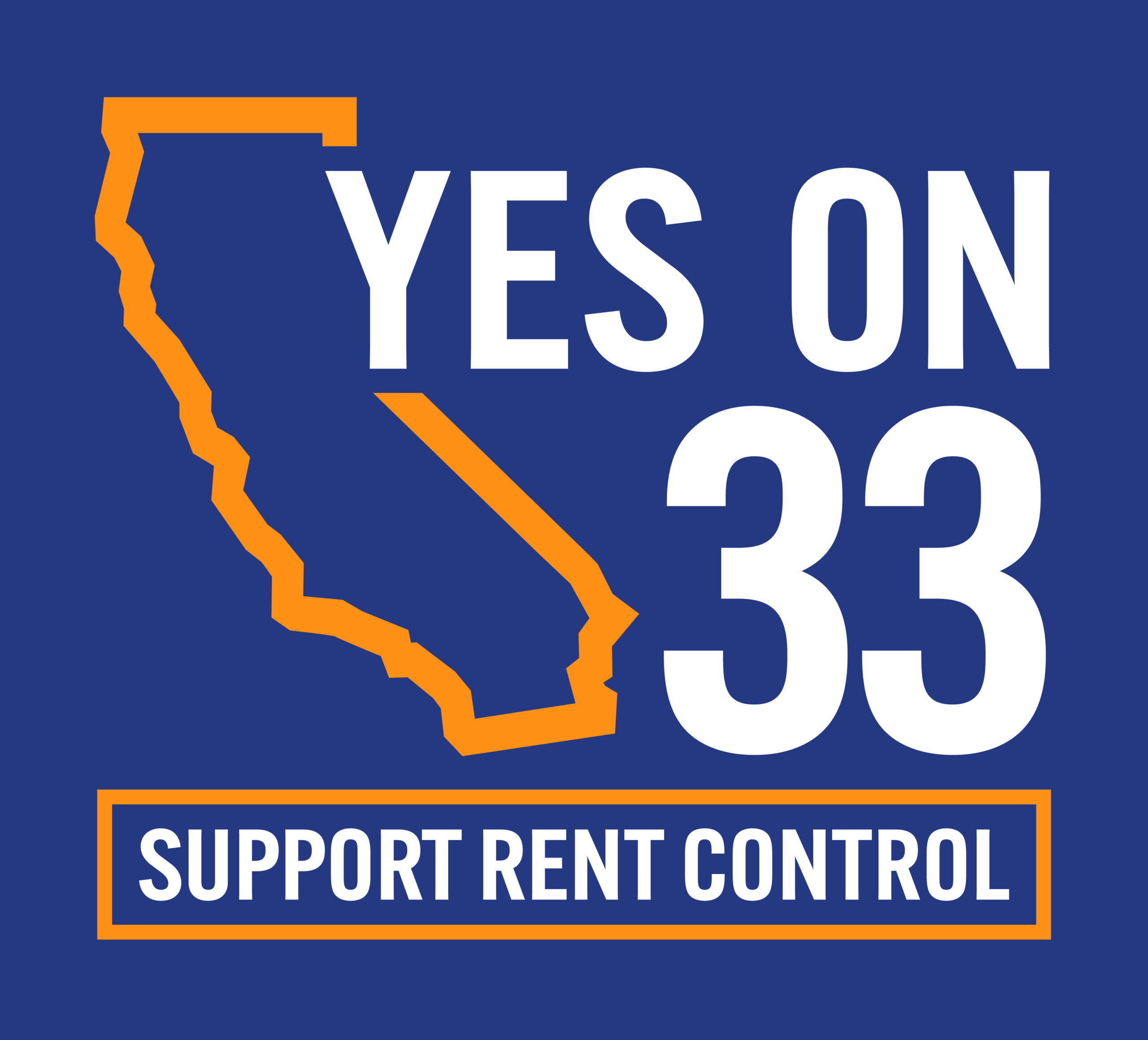
Two recent Zillow studies show that sky-high rents are fueling the homelessness crisis in Los Angeles and other major cities. Alarmingly, homeless deaths in 20 U.S. urban areas, including Los Angeles and San Diego, skyrocketed between 2016 and 2020. In the Los Angeles area alone, more than 7,300 unhoused residents have died on the streets since 2014. It’s why Housing Is A Human Right and other activists continue to advocate for rent control – rent regulations will immediately save lives.
In 2017, Zillow, the real estate site, found that a five percent rent hike for tenants in L.A. County would drive at least 2,000 people into homelessness. In 2018, another Zillow study revealed that in cities “where people spend more than 32 percent of their income on rent can expect a more rapid increase in homelessness.” That report, which examined rental housing markets such as Los Angeles, New York, and Seattle, was published in 2021 in The Annals of Applied Statistics.
At the same time that the Zillow studies were released, tens of thousands of unhoused residents were dying in major U.S. cities, including San Diego and Los Angeles. Between 2016 and 2020, The Guardian found that deaths among homeless people increased by 77 percent, with at least 18,000 deaths. National Health Care for the Homeless Council, a nonprofit, believed that the number was even higher – somewhere between 17,000 and 40,000 every year.
Clearly, sky-high rents are fueling a deadly humanitarian crisis.
Those deaths coincide with predatory landlords, especially corporate landlords, charging excessive, unfair rents and raking in massive profits between 2010 and 2019. Zillow found that by the end of 2019, tenants paid landlords a staggering $4.5 trillion in rent.
“On Dec. 1,” Zillow wrote in 2019, “the nation’s renters didn’t just make their last rent payment of the year — their landlords also collected their last rent payment of what was a very lucrative decade.”
U.S. renters not only paid landlords $4.5 trillion during the 2010s, but $512 billion in 2019 alone. Zillow pointed out that $4.5 trillion is higher than the 2018 GDP of Germany ($4 trillion), and $512 billion is larger than the 2018 GDP of Thailand ($505 billion) and just less than Argentina’s ($518 billion).
To address the lethal housing affordability and homelessness crises, many activists push for a multi-pronged strategy called the “3 Ps”: protect tenants through rent control and other protections; preserve existing affordable housing, not demolish it to make way for more luxury housing; and produce more affordable housing, including low-income and homeless units.
Rent control is a crucial piece of the 3 Ps. First, it immediately reins in the predatory business practices of corporate landlords. Second, top experts at the University of Southern California, UC Berkeley, and UCLA found that rent regulations will quickly stabilize the housing affordability crisis and prevent people from falling into homelessness.
For years, Big Real Estate has protected its gigantic profits by claiming that rent control harms housing production. Unsurprisingly, considering the real estate industry’s long track record of lying, the USC and UC Berkeley studies found that self-serving argument to be seriously overblown.
Without a doubt, rent control will save lives by preventing people from falling into homelessness. Seniors, working-class families, recent college graduates, among many others, are all at risk. It’s time to end statewide rent control restrictions in California and other states – and pass effective rent regulations. Lives hang in the balance.
Vote “yes” on Proposition 33 in November. It ends rent control restrictions in California and allows cities to expand rent control.
